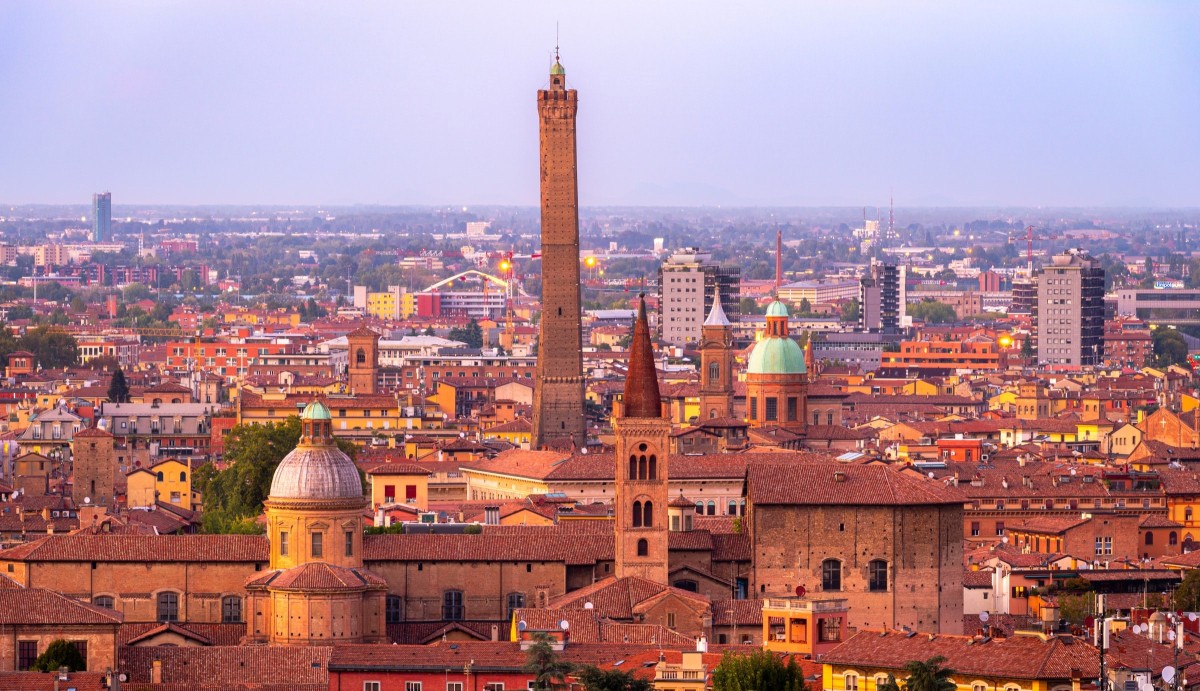
Italian municipalities are becoming increasingly digital. Although they have a long way to go, Italy's main cities are increasingly moving towards a digitised lifestyle, thanks in part to the post-pandemic push to make life easier. A study by FPA, a company of the Digital360 group carried out for Deda Next, has identified the most digital capitals in Italy. Let's find out the leading digital cities in Italy in 2022.
2022 Digital Maturity of Italian cities
In the survey on the "digital maturity" of Italian cities, 110 Italian municipalities have been analysed on the basis of the following areas: digital public services, including the level of online availability of 20 of the main services for citizens and businesses, the integration of digital platforms, and social media in the category of digital openness.
The most digital cities in Italy
There are 41 cities that have reached a 'good' level of digital maturity in 2022, 25 more than the 16 in last year's results. Of these, 10 obtain the highest score in all of the areas analysed: Bologna, Brescia, Florence, Genoa, Lodi, Milan, Modena, Padua, Pisa and the capital Rome.
Among the 41 cities with the highest levels of maturity, their geographical location is also important. 12 are located in the North-West and 15 in the North-East, while there are also 7 cities in Central Italy and the same number belonging to southern regions: Bari, Cagliari, Catania, Lecce, Palermo, Pescara and Vibo Valentia. In addition, among the 41 cities in the highest bracket there are also 7 small towns: Cuneo, Lecco, Lodi, Rovigo, Siena, Verbania and Vibo Valentia.
Digital public services in Italy
The 2022 survey shows an important increase in the availability of online services by cities. Out of 110 capital municipalities, as many as 91 guarantee at least 10 online services out of the 20 monitored (66 in 2021), 34 guarantee 15 or more (compared to 17 in the previous survey). This increase is also reflected in the maturity levels attributed to each authority by the Digital public services index. In fact, there are 34 municipalities with a 'good' level of maturity (+11 compared to 2021), in addition to 57 that reach a medium-high level (+6). On the other hand, there are fewer municipalities in the lower bands: 15 are at a medium-low level (-10 compared to 2021) and only 4 at a low level (-7).
However, in the face of a generalised growth in online services in the capital municipalities, large differences remain between the various types of service. The services most available in digital mode are those relating to school meals (online in 97 municipalities), fines (95) and TOSAP (Tax on the Occupation of Public Spaces and Areas) (89), while the lowest levels of online supply are registered on those procedures most aimed at the population groups most at risk of exclusion, such as the application for a vehicle sticker for people with disabilities (online in only 25 municipalities) or the submission of the application for municipal maternity allowance (11 municipalities).
Digital platforms in Italy
In the adoption of the enabling platforms, there has been an important acceleration also due to the regulatory obligations introduced by Italy's 'Simplification Decree'. With respect to digital identity, all 110 capital municipalities now adopt the SPID and/or CIE as authentication tools for their online services. The number of services actually available through these two tools has also grown substantially. As many as 64 municipalities have more than 10 services accessible via SPID (up from 23 in 2021), and 38 have more than 10 services accessible via CIE (up from 10 in 2021). For digital payments, all municipalities are now also active on the pagoPA platform, whereas in 2021 there were 6 cities that had not yet registered a single transaction.
Digital Openness in Italy
There has been considerable progress is the area of digital openness, mainly due to greater attention to open data. The number of municipalities publishing open data on their websites or portals has risen from 62 to 69.
When it comes to social media in Italy, the vast majority of the municipalities surveyed use the main social channels as a tool for digital interaction with their citizens: 88 use Twitter (+3 compared to 2021), 100 Facebook (+3), 81 Instagram (+7) and 102 YouTube (+1). The only step backwards is on Linkedin (from 86 to 57), due to the deactivation of many pre-existing but unused profiles.